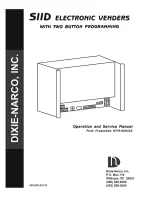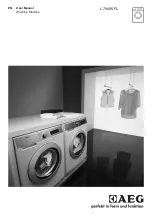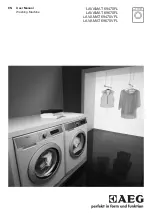Summary of Contents for 16951
Page 1: ...Kenmope SEWING MACHINE 16951 OWNER S MANU ...
Page 48: ...OILING JN FACE COVER PLATE Open face cover plate and oil points in illustration 46 ...
Page 49: ...PARTS LIST 1 2 5 4 6 7 8 9 10 11 12 13 14 2O 15 16 17 18 19 21 22 23 47 ...
Page 52: ...MEMO ...
Page 53: ...MEMO ...
Page 54: ...MEMO ...



































